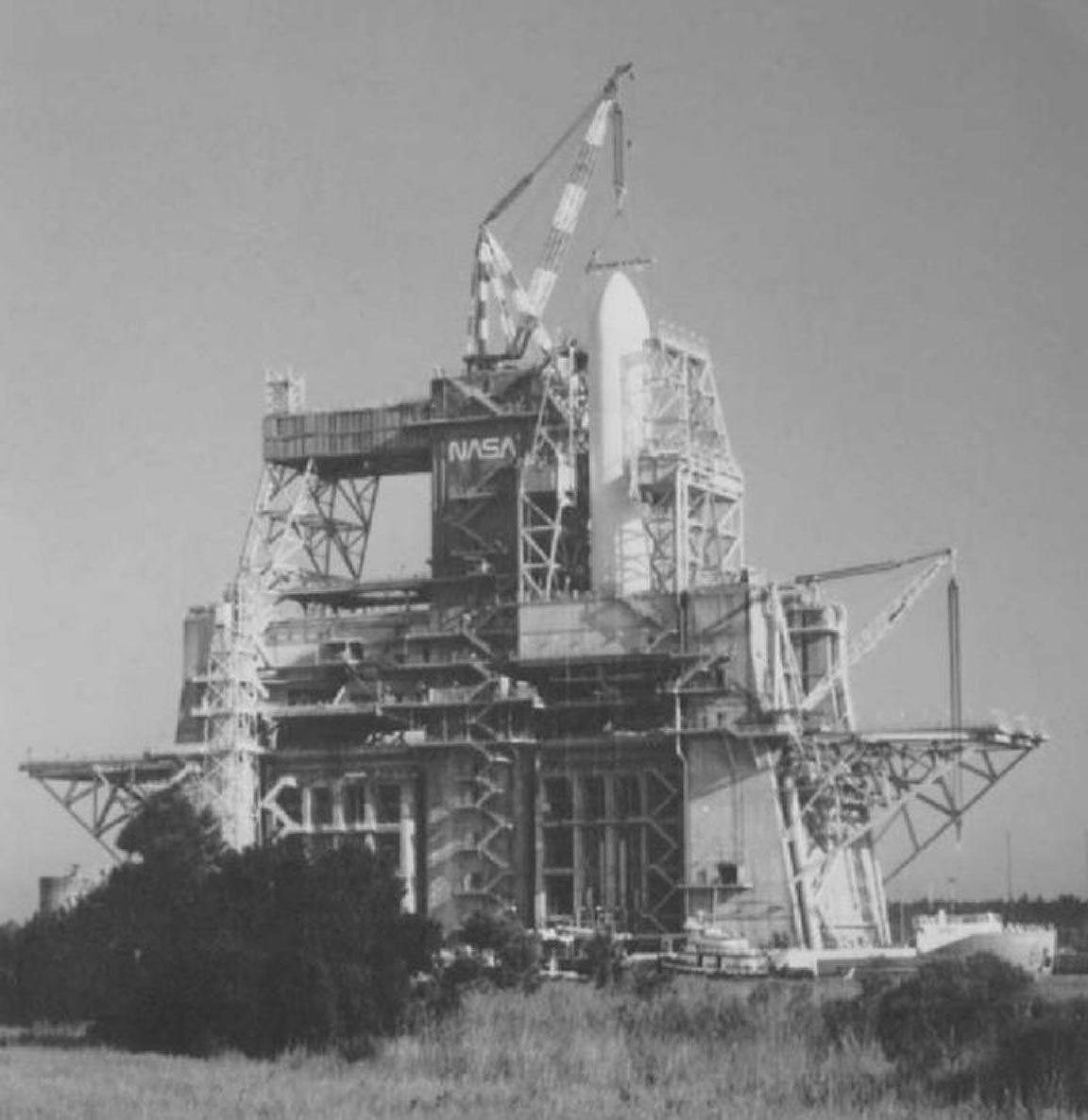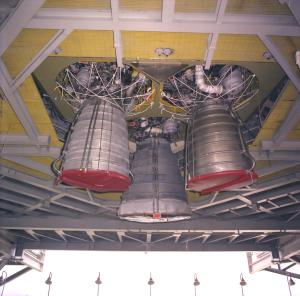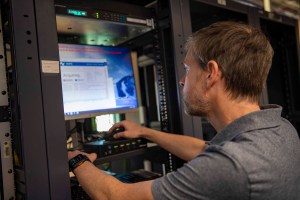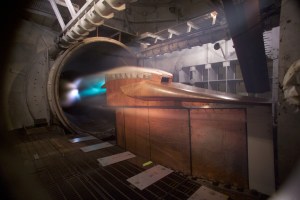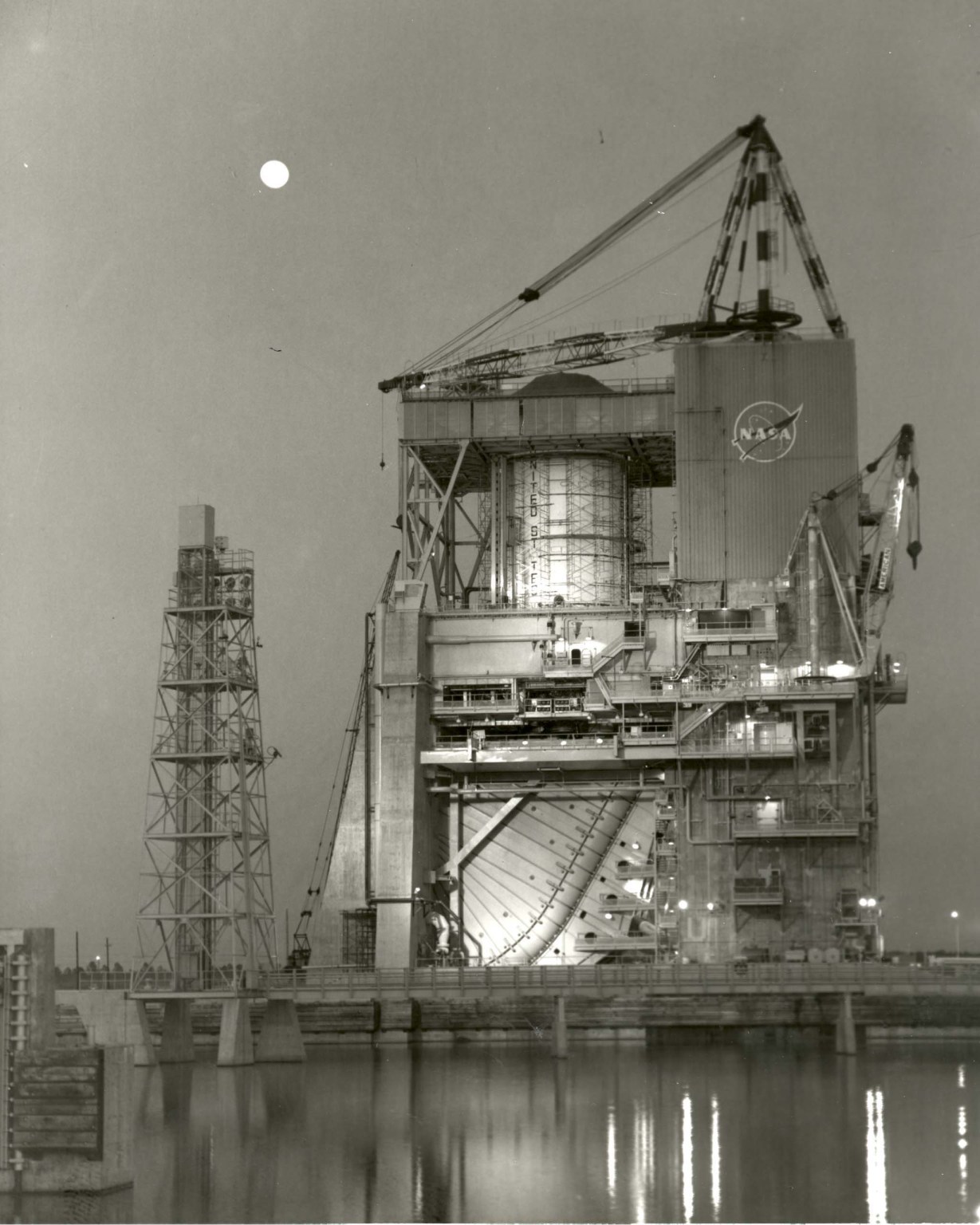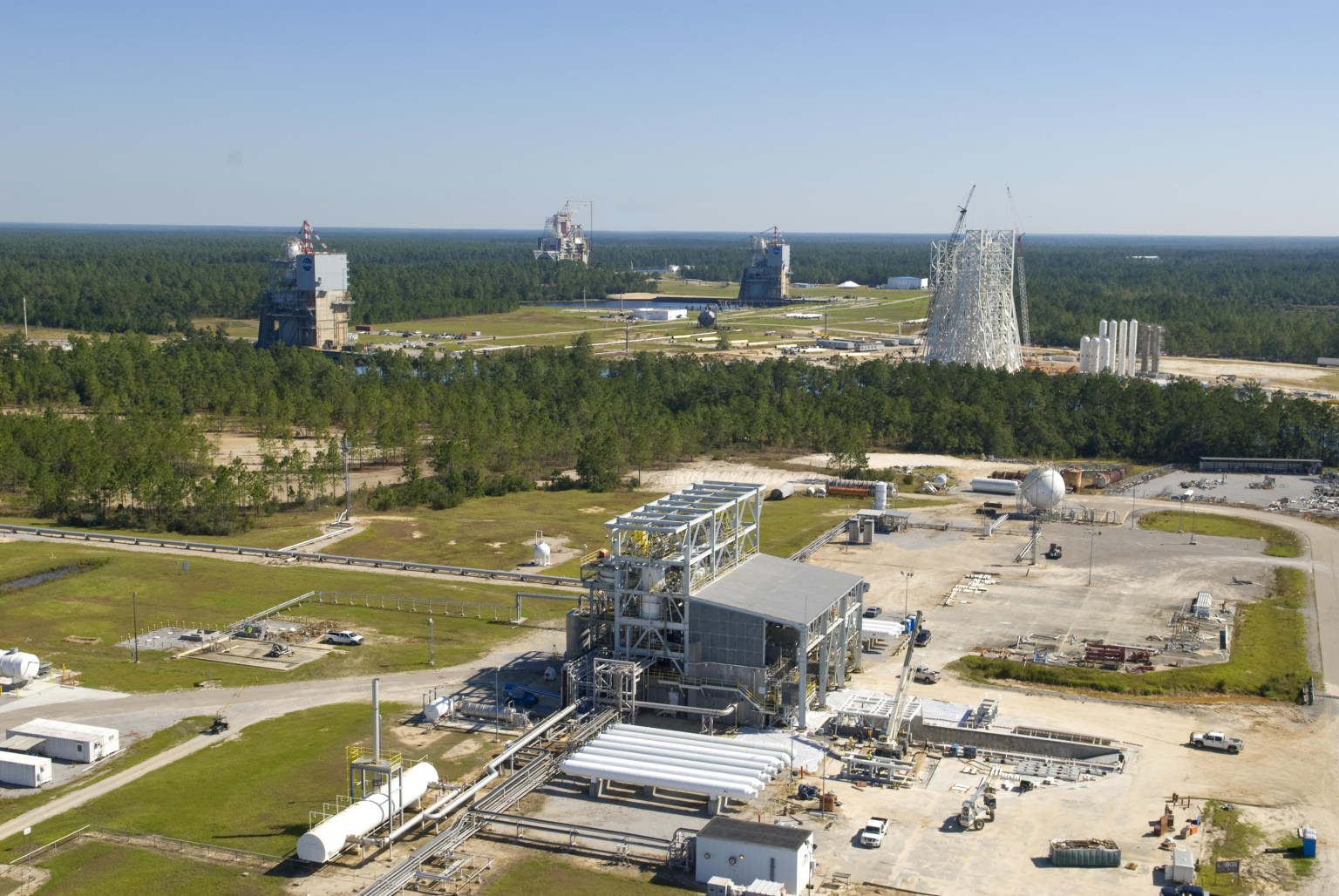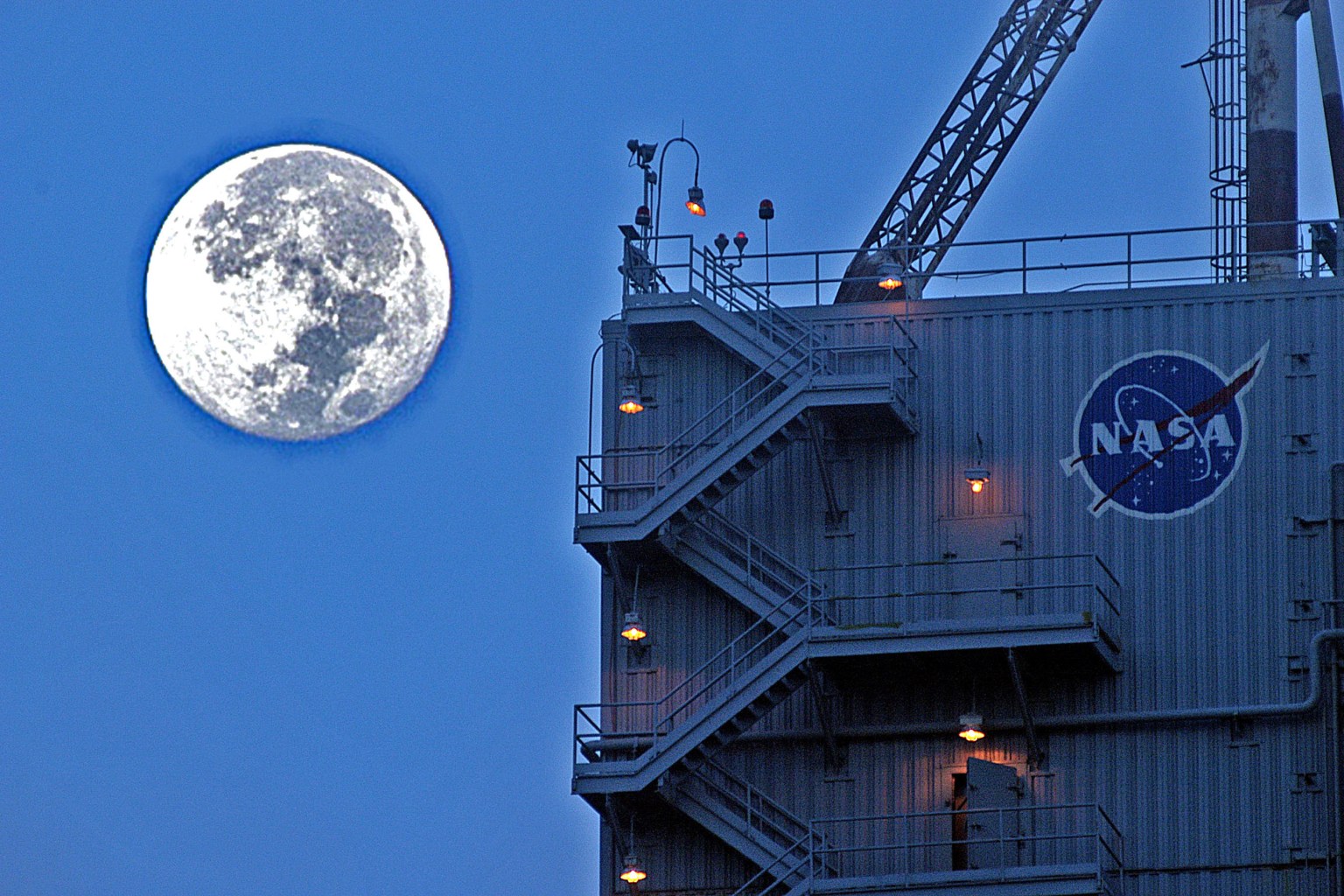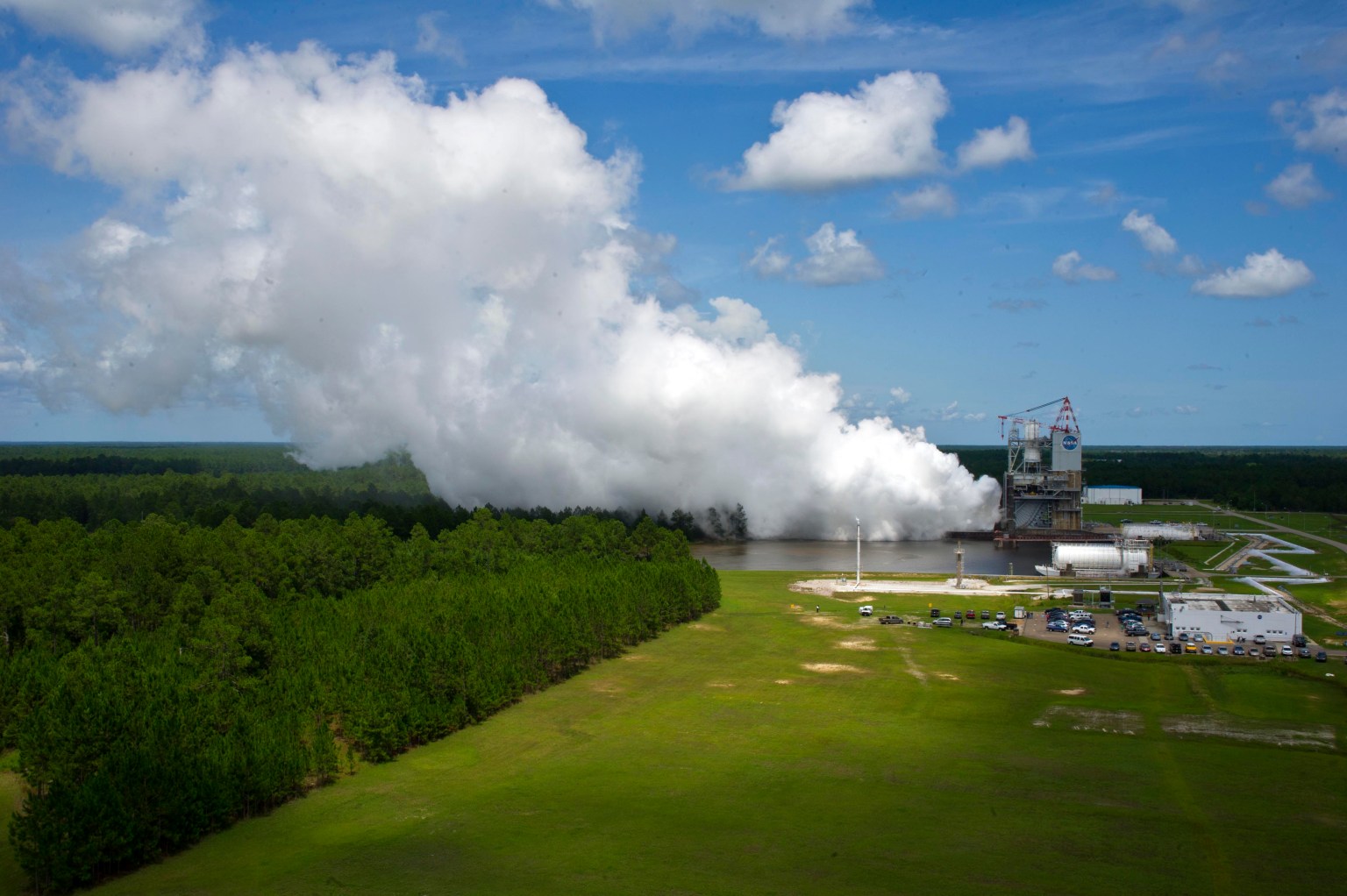It may have been small, but the white puff of smoke exiting the B-2 Test Stand at NASA’s Stennis Space Center at the end of the week on Friday, April 21, 1978, set the stage for the beginning of NASA’s Space Shuttle era.
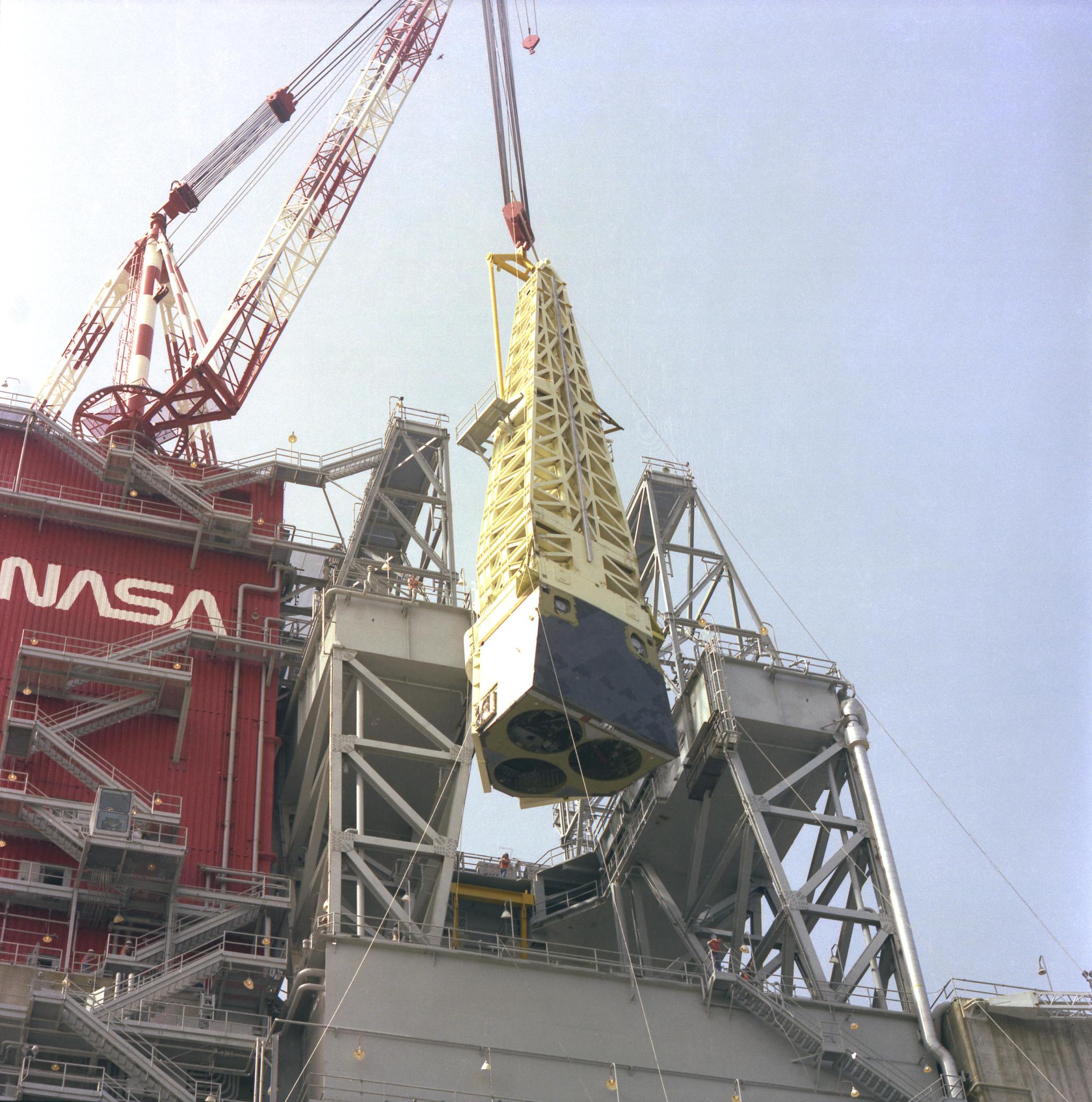
It may have been small, but the white puff of smoke exiting the B-2 Test Stand at NASA’s Stennis Space Center at the end of the week on Friday, April 21, 1978, set the stage for the beginning of NASA’s Space Shuttle era.
The stakes could not have been higher for the test series underway 45 years ago at the site then known as the National Space Technology Laboratories.
NASA employees in south Mississippi and throughout the agency were anxious to prove the critical propulsion system was ready to safely power the world’s first reusable spacecraft and carry humans into orbit.
The main propulsion test article (MPTA) series would be the only testing of the shuttle propulsion system before astronauts flew on one of the boldest test flights in history. The space shuttle, described as taking off like a rocket and landing like a plane, required an astronaut to be at the controls to perform the last moments of flight. It could not land itself like NASA’s Orion spacecraft did last December on the Artemis I mission, so the lives of two astronauts depended on all vehicle systems performing as expected.
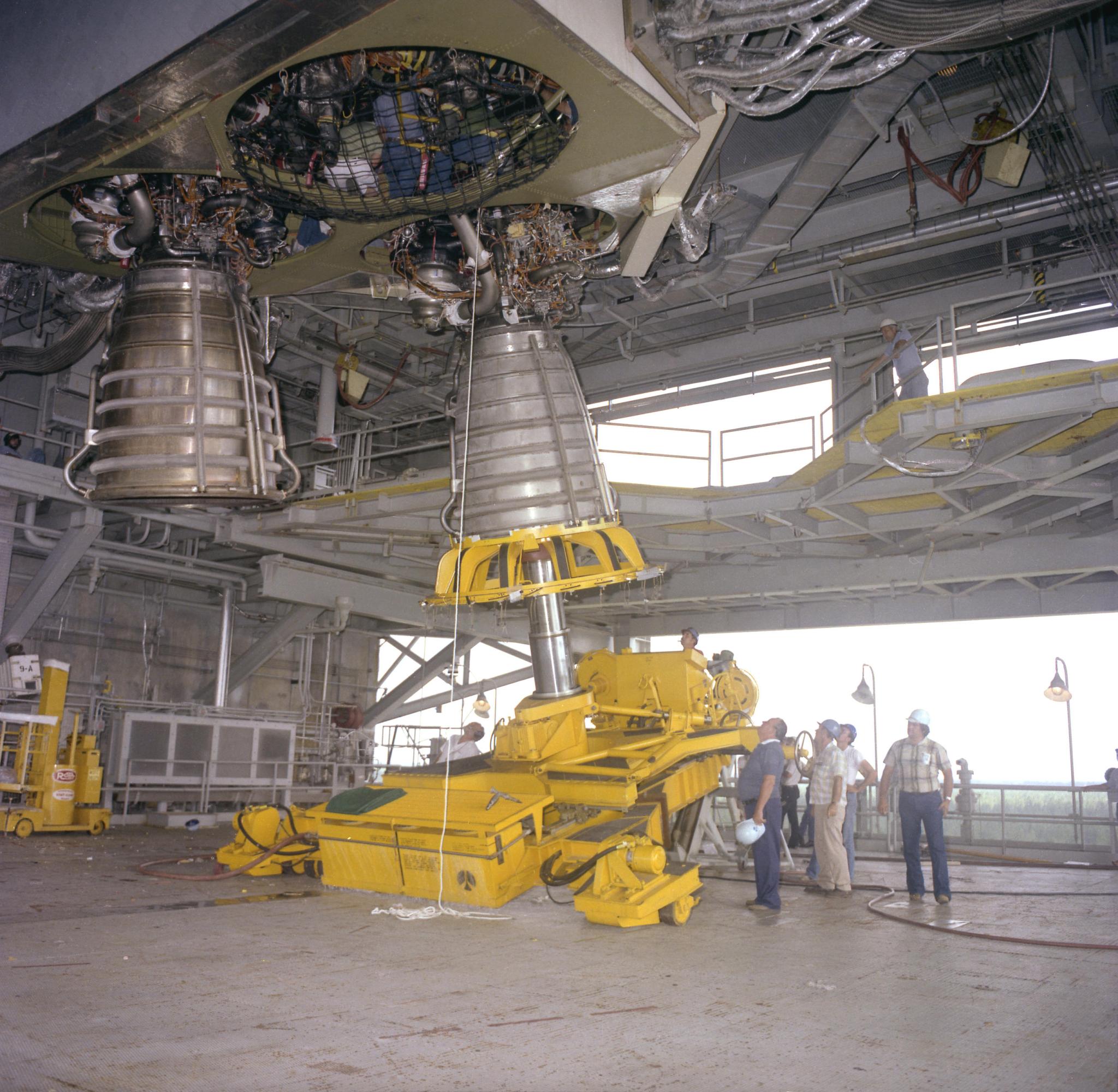
The MPTA installed on the B-2 Test Stand consisted of an external tank and three main engines linked together with a simulated shuttle orbiter. The test team originally scheduled a first test for April 11, 1978. However, the computer ended five countdown attempts that day, causing the first attempt to be postponed. NASA Main Propulsion Test Manager Harry Johnstone said there were problems in meeting defined engine start conditions.
Engineers and technicians were undeterred by the delay. Crews already had persevered through long working hours by the spring of 1978, performing a tanking test, simulated countdowns, and continuous checks of the electrical and mechanical systems. The adjustment of the schedule came with the process.
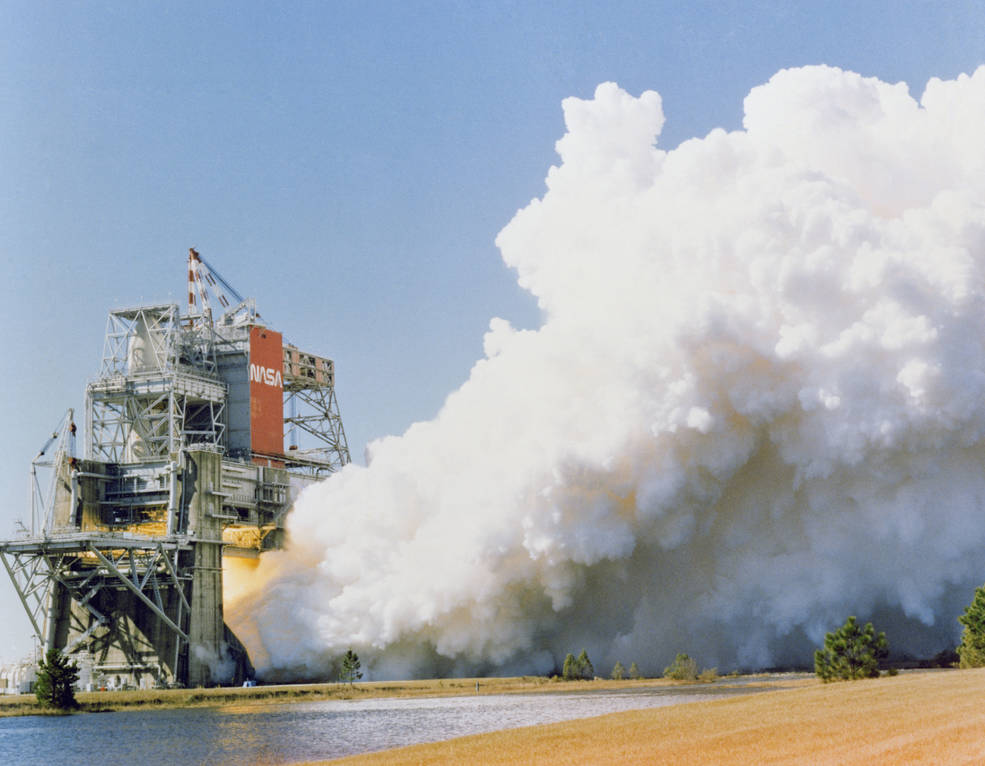
Fast forward 10 days later to April 21. The initiation into the test series happened with a short duration firing of just 1.9 seconds, known as a burp test. However, that short test ensured all was ready to start the full test series.
In total, the NASA Stennis team conducted 18 MPTA firings, with the final test conducted on Jan. 17, 1981. By that time, the test version of the space shuttle’s propulsion system had undergone more than one hour of firing time. Altogether, the three engines had been fired for a combined 10,813 seconds through a range of operating parameters. At the time, it came to be known as the site’s finest hour.
I think the location here in southern Mississippi has helped us be more productive than we could have been in a more industrial area.
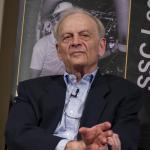
Boyce mix
NASA Space Shuttle Main Engine Manager
The maiden voyage of Space Shuttle Columbia successfully launched April 12, 1981. The launch provided a sense of pride for America, and even more so for the employees in Mississippi who successfully tested the system for a safe send off.
“I think the location here in southern Mississippi has helped us be more productive than we could have been in a more industrial area,” NASA Space Shuttle Main Engine Manager Boyce Mix said just before launch. “We have technicians, engineers, and support personnel who are very dedicated. If a job has to be done, they go out and do it.”
John Young commanded the mission with Robert Crippen in the pilot seat. The astronauts and the vehicle met or exceeded all 144 test objectives throughout the more than two-day mission. It represented an achievement in aerospace technology and development never realized in the history of crewed spaceflight. Young and Crippen visited the south Mississippi test site less than a month later on May 8, 1981.
“The effort that you contributed made it possible for us to sit back and ride,” Crippen told the crowd of employees.
Young followed up by saying, “I am really proud to have been associated with you people because this vehicle is built for the future.”
The beginning of the shuttle era indeed became the building block for the future – a future that led to countless mission highlights, including the first American woman and person of color in space, construction of the International Space Station, launch of the Hubble Space Telescope, and a future that now advances under Artemis as NASA continues to explore the secrets of the universe for the benefit of all.
C. Lacy Thompson
Stennis Space Center, Bay St. Louis, Miss.
228-363-5499
calvin.l.thompson@nasa.gov
























